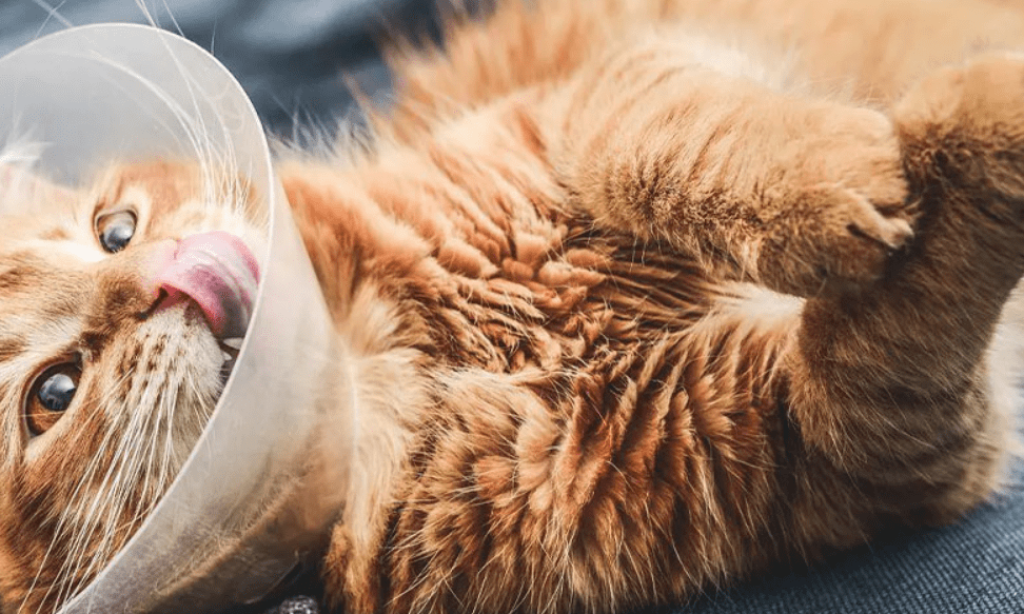
Advantages and Disadvantages of Spaying a Female Cat Spaying a female cat is one of the important issues that many pet owners face. This process involves surgery to remove the cat’s reproductive organs, which can have various effects on the cat’s health and behavior. In this article, we will take a complete look at the advantages and disadvantages of spaying a female cat.
| Advantages ✅ | Disadvantages ❌ | Category |
|---|---|---|
| Reduces risk of diseases (e.g., breast cancer, uterine infections) | Risks of surgery & anesthesia | Health |
| Eliminates heat-related behaviors (yowling, escaping) | Potential for weight gain | Behavior |
| Increases lifespan & overall quality of life | Hormonal changes | Long-term Impact |
| Controls stray cat population (social responsibility) | Financial cost | Social & Practical |
Spaying a female cat: Its benefits and importance
Spaying a female cat is one of the most important measures to maintain the health and well-being of pets. Also called ovariohysterectomy (removal of the ovaries and uterus), this procedure prevents unwanted pregnancies and controls the cat population. Many pet owners may have concerns about this procedure, but research has shown that spaying not only helps to increase the lifespan of cats, but also has other benefits.
Among the benefits of spaying are a reduced risk of certain diseases. In particular, female cats who are not spayed are at higher risk of developing breast cancer and uterine infections. Spaying significantly reduces these risks. Spayed cats are also less likely to suffer from behavioral problems, such as the constant noise caused by their heat cycle.
Spaying also helps prevent social and environmental problems. Unspayed cats are more likely to run away from home during their heat cycle, which can lead to accidents, getting lost, and even fighting with other cats. Spaying significantly reduces these problems, and your cat will be safer in the home environment.10 Best Pet Odor Eliminators for 2024
Finally, spaying is a social responsibility. By doing so, you are helping to reduce the number of homeless cats and prevent unwanted kittens from being abandoned. This not only helps with the health and well-being of the animals, but also reduces the burden on animal shelters and shelters. As a result, spaying your female cat is a smart and humane choice for any pet owner.
Benefits of Spaying Your Female Cat
Reduced Risk of Disease
Spaying can significantly reduce the risk of developing some serious diseases. Unspayed female cats may be more prone to breast cancer, uterine infections, and other reproductive-related diseases. Spaying significantly reduces these risks.
Reduces Unwanted Behaviors
Female cats in heat may exhibit behaviors such as frequent meowing and trying to escape from the house. These behaviors can be distressing to pet owners. Spaying can reduce these behaviors and improve the daily lives of both the cat and its owner. How to Pet a Cat; A Complete Guide for Cat Lovers
Reducing the stray cat population
Spaying cats helps control the stray cat population. A large number of stray cats can cause many problems, including the spread of diseases and straining the limited resources of shelters. By neutering, an uncontrolled increase in the cat population is prevented.
Improve the quality of life of cats
Spayed cats generally live longer and have a better quality of life. They are less exposed to the risks associated with mating and pregnancy, and therefore can live healthier and more peaceful lives.
Disadvantages of spaying a female cat
Complications of surgery
Like any other surgery, neutering can also be associated with risks. Surgical complications such as infection, bleeding, and adverse reactions to anesthesia can occur. However, these risks are usually low and can be minimized with proper post-operative care.
Hormonal Changes
Spaying causes hormonal changes in your cat that may affect her behavior and health. Some cats may gain weight after surgery, requiring special attention to diet and exercise.
Financial Costs
Spaying surgery is expensive, and some pet owners may find these costs challenging. However, many animal shelters offer low-cost or even free spaying services, which can help alleviate these concerns.
Psychological Effects
Some cats may experience behavioral changes after spaying. These changes can include decreased physical activity and changes in social interactions. Pet owners should carefully monitor their cat’s behavior after surgery and consult a veterinarian if necessary.
Pros and Cons of Spaying a Female Cat
Spaying a female cat can have its own pros and cons. On the one hand, it can help improve overall health and reduce unwanted behaviors, and on the other hand, it may be associated with complications and financial costs. The decision to neuter should be made in consultation with a veterinarian and based on each cat’s specific circumstances.


